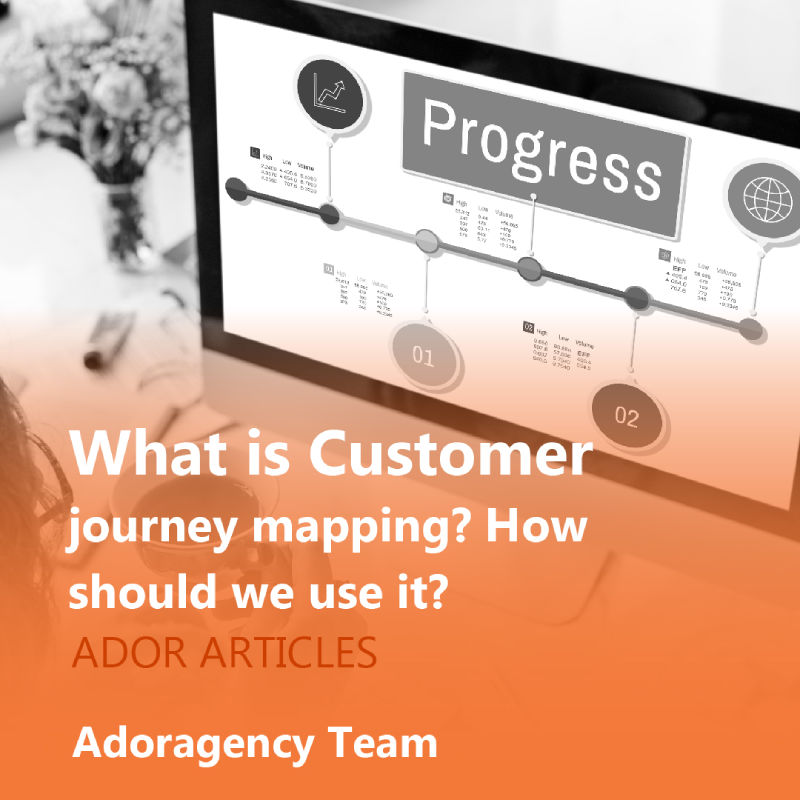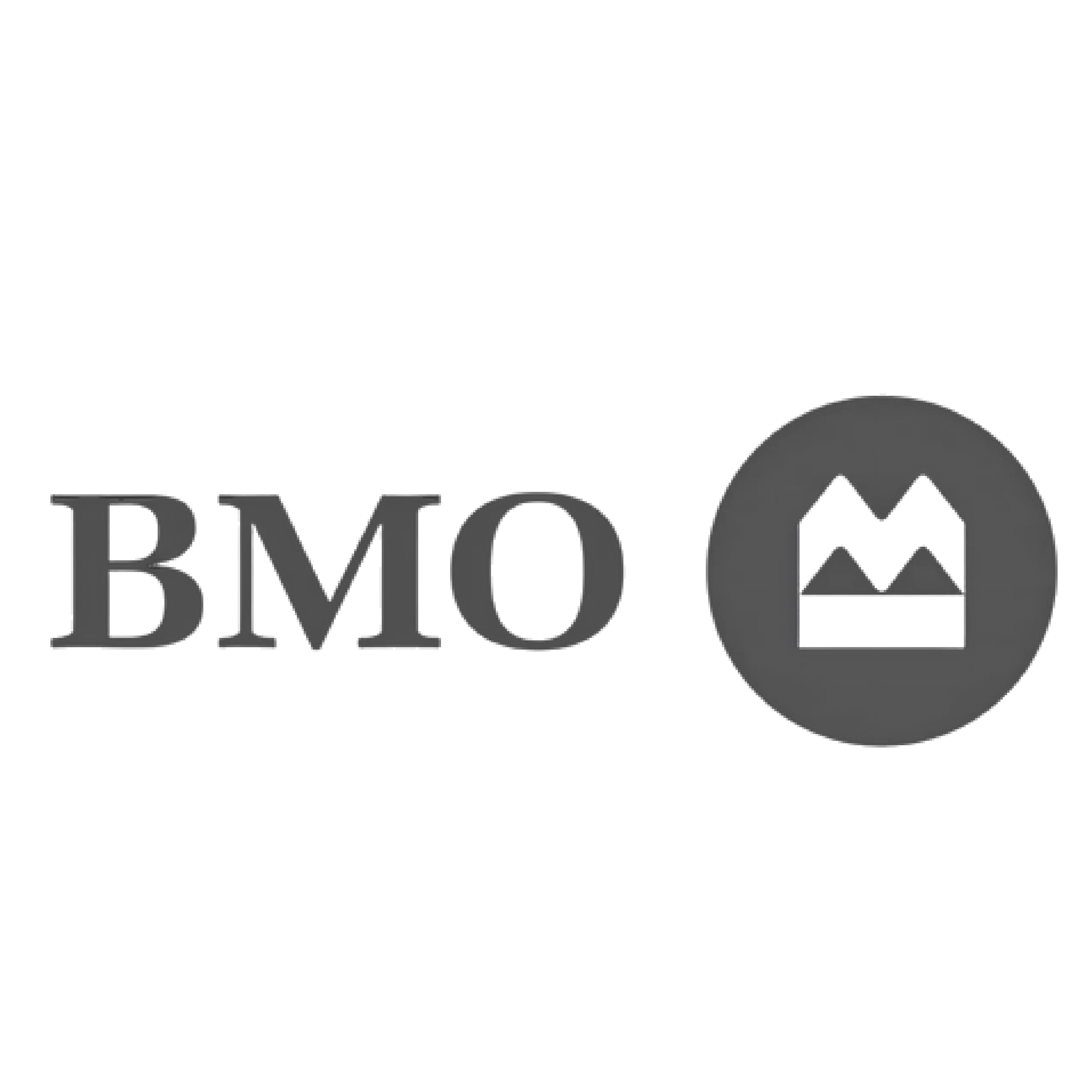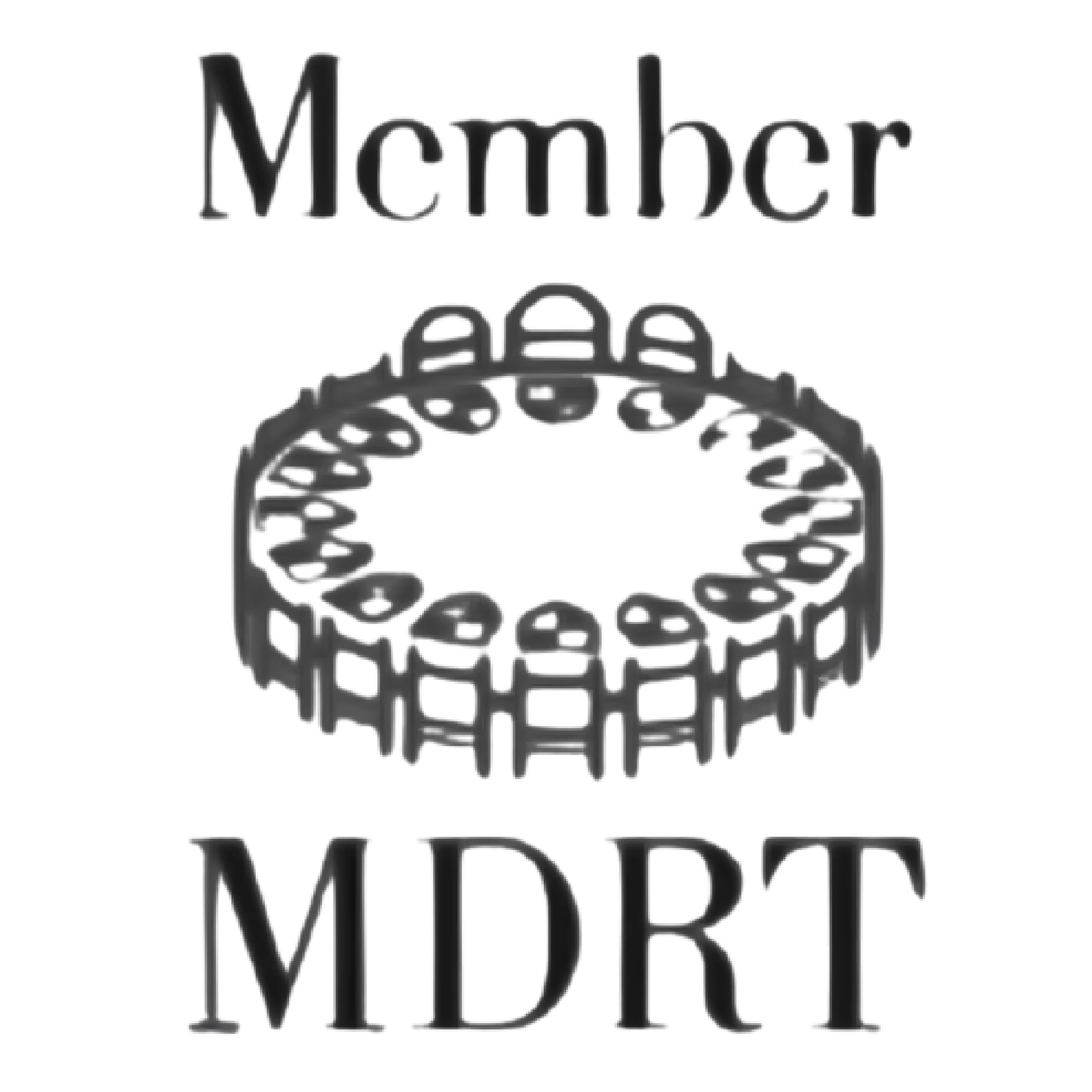Customer journey mapping, a strategic visualization tool, is not just a map of a customer’s steps from the initial interaction to the final purchase. It’s a detailed exploration of key touchpoints, customer goals, pain points, and emotions experienced at each journey stage. This strategic approach is designed to engage and intellectually stimulate business professionals, marketers, and individuals interested in understanding and improving customer experiences.
By charting these interactions, businesses can gain insights into customer behaviors, identify areas where customers face challenges, and uncover opportunities for enhancing the overall experience. More importantly, customer journey mapping empowers businesses to align their processes with customer needs, giving them a sense of control over improving customer satisfaction, loyalty, and business growth.
What is the Customer Journey in digital marketing?
The customer journey in digital marketing, a crucial aspect in today’s business landscape, refers to a potential customer’s path from first becoming aware of a brand to purchasing and beyond. This journey, which encompasses various touchpoints and interactions across digital channels, provides marketers with valuable insights into consumer behavior and preferences, keeping them informed and up-to-date.
Understanding the customer journey is crucial for businesses to create effective marketing strategies and deliver personalized experiences. It typically consists of several stages:
- Awareness is when a potential customer first discovers your brand, product, or service. They might come across your website through a Google search, see an ad on social media, or hear about you from a friend.
- Consideration: The customer is actively researching and comparing options at this stage. They may be reading reviews, checking out your competitors, or exploring your website more.
- Decision: The customer is ready to make a purchase and is looking for the final push, which could be a special offer, a persuasive product description, or excellent customer service.
- Retention: After the purchase, the focus shifts to keeping the customer satisfied and encouraging repeat business. This might involve follow-up emails, loyalty programs, or exceptional after-sales support.
- Advocacy: Happy customers become brand advocates, sharing their positive experiences with others and potentially bringing in new customers.
In the digital realm, this journey is only sometimes linear. Customers may jump between stages or interact with your brand across multiple channels simultaneously. This is where the concept of omnichannel marketing comes into play. Omnichannel marketing is a strategy that ensures a seamless experience for the customer across all touchpoints, be it online or offline, by integrating all available channels. This approach is crucial for providing a consistent and personalized experience, regardless of the channel the customer chooses to interact with.
What is Customer journey mapping?
Customer journey mapping is a strategic tool used by businesses to visualize and understand a customer’s complete experience with a brand or product. It’s a detailed representation of every customer interaction with your company, from initial awareness to purchasing.
15 ways to grow your YouTube Channel in 2024
This mapping process involves creating a visual story of your customer’s interactions, experiences, and emotions at each touchpoint with your brand. It helps businesses step into their customers’ shoes, identifying pain points, opportunities, and areas for improvement in the customer experience. Critical elements of customer journey mapping include:
- Personas: Detailed profiles of your typical customers, including their goals, challenges, and preferences.
- Touchpoints: All where customers interact with your brand, online and offline.
- Stages: A customer goes through different phases, from awareness to post-purchase.
- Actions: What the customer does at each stage of their journey.
- Emotions: How the customer feels during each interaction.
- Pain points: Areas where customers face difficulties or frustrations.
- Opportunities: Potential areas for improving the customer experience.
To create a practical customer journey map:
- Gather data: Use analytics, surveys, interviews, and other research methods to collect information about your customers’ experiences.
- Identify touchpoints: List all the ways customers interact with your brand.
- Create customer personas: Develop detailed profiles of your typical customers.
- Map out the journey: Visualize customers’ path from first contact to post-purchase.
- Identify pain points and opportunities: Look for areas where you can improve the customer experience.
- Prioritize and act: Develop strategies to address issues and enhance positive experiences.
- Continuously update: Regularly revisit and update your map as customer behaviors and preferences change.
What is customer journey management?
Customer journey management is the strategic approach to overseeing and optimizing customer interactions with a brand across various touchpoints and channels. It involves the continuous monitoring, analysis, and improvement of the customer journey to enhance customer experience, increase satisfaction, and drive business growth.
This holistic process aims to ensure that every interaction a customer has with the brand is positive and contributes to their overall satisfaction and loyalty.
Critical aspects of customer journey management include:
- Data Collection and Analysis: Gathering and interpreting customer data from various sources to gain insights into behavior, preferences, and pain points.
- Personalization: Tailoring interactions and content to individual customers based on their unique needs and preferences.
- Omnichannel Integration: Ensuring a seamless experience across all digital or physical channels.
- Continuous Optimization: Regularly reviewing and improving touchpoints based on customer feedback and performance metrics.
- Automation: Implementing tools to streamline processes and deliver timely, relevant communications.
- Measurement and KPIs: Establishing and tracking key performance indicators to assess the effectiveness of customer journey initiatives.
- Cross-functional Collaboration: Involving various departments to ensure a cohesive approach to managing the customer journey.
What is AI digital marketing? | Cons and Pros
Effective customer journey management typically involves:
- Journey Mapping: Creating visual representations of the customer’s path to identify areas for improvement.
- Technology Integration: Utilizing CRM systems, marketing automation tools, and analytics platforms to manage and track customer interactions.
- Feedback Loops: Implementing systems to collect and act on customer feedback at various stages of their journey.
- Predictive Analytics: Using data to anticipate customer needs and behaviors allows for proactive journey management.
- Employee Training: Ensuring staff can deliver consistent, high-quality experiences at every touchpoint.
Robust customer journey management benefits include increased customer loyalty, higher conversion rates, improved customer lifetime value, and a stronger competitive advantage. By effectively managing the customer journey, businesses can create more meaningful connections with their audience, leading to sustainable growth and success in the long term.
Customer Journey vs. Buyer Journey
While often used interchangeably, the customer journey and buyer journey have subtle differences that are important to understand in marketing and sales:
Buyer Journey:
- Focus: Primarily concentrates on the path to purchase
- Scope: Typically ends at the point of sale
- Stages: Usually includes awareness, consideration, and decision
- Goal: Mainly aimed at converting prospects into customers
- Perspective: Often viewed from a sales and marketing standpoint
Customer Journey:
- Focus: Encompasses the entire experience with a brand
- Scope: Extends beyond the purchase to include post-sale interactions
- Stages: Includes pre-purchase, purchase, and post-purchase phases
- Goal: Aims to create long-term customer relationships and loyalty
- Perspective: Takes a holistic view of the customer’s experience
Key differences:
- Timeframe: The buyer journey is shorter, while the customer journey is ongoing
- Depth: Customer journey delves deeper into emotions and experiences
- Touchpoints: The customer journey includes more diverse interactions
- Loyalty: Customer journey emphasizes retention and advocacy
- Business impact: Customer journey affects multiple departments
Understanding both journeys is crucial for creating comprehensive marketing strategies that attract new customers and retain and nurture existing ones for long-term business success.
7-Stage Customer Journey
The 7-Stage Customer Journey is a comprehensive model that breaks down the customer’s experience with a brand into distinct phases. Let’s focus on the first two stages:
Stage 1: Out-of-Market
This initial stage represents when potential customers need to seek your product or service actively. Key characteristics include:
- Unawareness: Individuals don’t know about your brand or offering
- No immediate need: They’re not actively looking for solutions you provide
- Passive reception: You may encounter your brand through general marketing or word-of-mouth
- Potential for future interest: While not currently in need, they may become prospects later
Marketing strategies for this stage:
- Brand awareness campaigns
- Content marketing to establish thought leadership
- Social media presence to increase visibility
What is SEO and How Does it Work?
Stage 2: Catalyst
The Catalyst stage marks the transition from being out-of-market to actively considering solutions. It’s characterized by:
- Trigger event: Something occurs that creates a need or desire for a product/service
- Problem recognition: The individual becomes aware of a problem or opportunity
- Initial research: They begin to explore potential solutions
- Emotional engagement: The person starts to feel the impact of their problem or opportunity
Marketing approaches for this stage:
- Educational content addressing every day trigger events
- SEO optimization for problem-related keywords
- Targeted advertising based on life events or industry changes
- Engagement on social platforms where discussions about relevant issues occur
Stage 3: Awareness
In the Awareness stage, potential customers become cognizant of your brand and offerings as potential solutions to their needs or problems. Key aspects include:
- Brand discovery: Prospects actively seek out or stumble upon your brand
- Initial information gathering: They begin to learn about your products or services
- Problem-solution connection: Customers start to link their needs with your offerings
- Comparison initiation: They may begin to compare you with competitors
Marketing strategies for this stage:
- Informative content marketing (blog posts, videos, infographics)
- Search engine optimization (SEO) to improve visibility
- Social media engagement to increase brand presence
- Targeted advertising to reach potential customers
Stage 4: Consideration
During the Consideration stage, prospects dive deeper into evaluating your offerings alongside competitors. This stage involves:
- Detailed research: Customers gather more in-depth information about your products/services
- Feature comparison: They compare specific features and benefits across different options
- Value assessment: Prospects evaluate the potential value and return on investment
- Social proof seeking: They look for reviews, testimonials, and case studies
Practical marketing approaches for this stage:
- Detailed product guides and comparison charts
- Customer testimonials and case studies
- Free trials or demos to showcase product value
- Targeted email campaigns with relevant information
- Webinars or live Q&A sessions to address customer queries
Stage 5: Decision
In the Decision stage, customers are ready to make a purchase. Key elements include:
- Final evaluation: Customers make their final comparisons
- Risk assessment: They consider potential risks or drawbacks
- Negotiation: Some may attempt to negotiate terms or prices
- Purchase: The actual transaction occurs
Marketing strategies:
- Clear, compelling calls to action
- Easy purchasing process
- Limited-time offers or incentives
- Responsive customer support
Stage 6: Retention
Retention focuses on keeping customers satisfied post-purchase:
- Onboarding: Helping customers start using the product effectively
- Support: Providing ongoing assistance and troubleshooting
- Feedback collection: Gathering input on customer experiences
- Relationship building: Maintaining regular, valuable communication
Retention tactics:
- Personalized follow-up emails
- Customer education programs
- Proactive support outreach
- Regular product updates or improvements
Stage 7: Loyalty
The Loyalty stage aims to turn satisfied customers into brand advocates:
- Emotional connection: Customers develop a strong affinity for the brand
- Repeat purchases: They consistently choose your brand over competitors
- Advocacy: Customers recommend your brand to others
- Engagement: They actively participate in brand communities or events
Loyalty-building strategies:
- Loyalty programs with exclusive benefits
- User-generated content campaigns
- Customer appreciation events
- Personalized experiences and offers
Customer journey map design
Customer journey mapping is crucial for businesses looking to enhance their customer experience. By visualizing the entire customer journey, companies can gain valuable insights and identify areas for improvement. Let’s examine the key steps to creating an effective customer journey map.
1. Creating a customer persona
The foundation of any successful customer journey map is a well-defined customer persona. This fictional representation of your ideal customer helps you understand their needs, motivations, and pain points. To create a compelling persona, gather data from various sources such as customer surveys, interviews, and analytics. Focus on demographics, behaviors, goals, and challenges. Doing so lets you step into your customers’ shoes and see the journey from their perspective.
2. Deciding what to measure
Once you have a clear picture of your customer persona, it’s time to determine the metrics that matter most. These key performance indicators (KPIs) will help you track the success of your customer journey and identify areas that need improvement. Consider measuring customer satisfaction, conversion rates, time spent on each stage, and drop-off points. Choosing the right metrics allows you to make data-driven decisions and optimize your customer journey effectively.
3. Organizing with touchpoints and stages
The next step is to map out the various touchpoints and stages your customers go through. Touchpoints are interactions between your customer and your brand, while stages represent the different phases of the customer journey. Start by listing all possible touchpoints, from initial awareness to post-purchase support. Then, group these touchpoints into logical stages: awareness, consideration, purchase, and retention.
As you organize your map, pay close attention to the emotions and thoughts your customers might experience at each stage. This emotional mapping can reveal valuable insights into customer behavior and help you identify opportunities to delight your customers or address pain points.
Remember to involve team members from different departments in this process. Their diverse perspectives can provide a more comprehensive view of the customer journey and uncover touchpoints you might have overlooked.
Why does Customer journey mapping matter for my business?
Customer journey mapping matters for your business for several key reasons:
- Enhanced customer understanding: It provides a deep, empathetic view of your customers’ experiences, helping you see your business through their eyes.
- Identifies pain points: By mapping out each step, you can spot areas where customers struggle or become frustrated, allowing you to address these issues proactively.
- Improves customer experience: With a clear view of the journey, you can optimize touchpoints to create a smoother, more enjoyable experience for your customers.
- Addressing pain points and enhancing satisfaction increases customer retention.
- Drives innovation: The insights gained often spark ideas for new products, services, or improvements to existing offerings.
- Aligns teams: It provides a shared vision across departments, ensuring everyone works towards the same customer-centric goals.
- Optimizes resources: You can allocate resources more effectively by understanding where customers spend most of their time or face the most challenges.
- Boosts revenue: Improved customer experiences often increase sales and lifetime value.
- Competitive advantage: A well-crafted journey map can set you apart from competitors who may need a deeper understanding of their customers.
what is content marketing and why should we use it?
Informs marketing strategies: It helps tailor your marketing efforts to address specific customer needs at each stage of their journey. By implementing customer journey mapping, you’re investing in a tool that can significantly impact your business’s success and growth. Would you like me to expand on any of these points?
Benefits of Customer Journey Mapping
The benefits of customer journey mapping are numerous and can significantly impact your business’s success. Here are some key advantages:
1. Improved customer-centricity
By visualizing the entire customer experience, you’re better equipped to prioritize your customers’ needs. This shift in perspective often leads to more customer-centric decision-making across your organization.
2. Increased customer satisfaction
When you understand and address pain points in the customer journey, you naturally enhance satisfaction. Happy customers are more likely to become loyal advocates for your brand.
3. Higher conversion rates
By identifying and optimizing key touchpoints, you can smooth out the path to purchase, potentially increasing your conversion rates.
4. Reduced churn
Understanding why customers might leave at certain stages allows you to implement retention strategies more effectively, reducing customer churn.
5. Personalized experiences
Journey mapping helps you identify opportunities for personalization, allowing you to tailor your offerings and communications to individual customer needs.
6. Efficient resource allocation
With a clear view of the customer journey, you can focus your resources on the areas that matter most to your customers and your business goals.
7. Cross-functional collaboration
Creating a customer journey map often requires input from various departments, fostering better communication and collaboration across your organization.
8. Anticipation of customer needs
By mapping out the journey, you can better predict what customers might need next, proactively allowing you to meet those needs.
9. Identification of new opportunities
The process often reveals gaps in your current offerings or services, highlighting potential areas for new product development or business expansion.
10. Measurable results
When combined with analytics, journey mapping provides a framework for measuring the impact of your customer experience improvements over time.
11. Competitive differentiation
A deep understanding of your customer journey can help you create unique experiences that set you apart from competitors.
12. Improved customer loyalty
By consistently meeting and exceeding customer expectations throughout their journey, you can build stronger, longer-lasting relationships with your customers.
Implementing customer journey mapping is an investment in your business’s future, providing a roadmap for continuous improvement and customer-focused growth.
Conclusion
In conclusion, in this article of Adoragency customer journey mapping is crucial for businesses aiming to enhance customer experiences and drive growth. Companies can better understand and address their customers’ needs by visualizing the customer’s interactions and identifying key touchpoints, pain points, and emotional responses.
This strategic approach helps resolve issues and creates more meaningful and engaging experiences, leading to increased customer satisfaction and loyalty. Customer journey mapping fosters a customer-centric culture essential for long-term success in a competitive market.
What is an advertisement and why are important?
FAQs
1. What is a customer journey map?
A customer journey map is a visual representation of a customer’s process when interacting with your company, from initial awareness to post-purchase support.
2. How long does it take to create a customer journey map?
The time varies depending on complexity, but a comprehensive map typically takes 2-4 weeks. Simpler versions can be created in a few days.
3. Who should be involved in the mapping process?
Ideally, representatives from various departments, including marketing, sales, customer service, and product development, should contribute.
4. How often should we update our customer journey map?
It’s best to review and update your map at least annually or whenever significant changes in your business or customer behavior occur.
5. What tools can I use to create a customer journey map?
Many options exist, from simple tools like Microsoft PowerPoint or Google Slides to specialized software like Smaply or UXPressia.
6. Can I have multiple customer journey maps?
Yes, many businesses create different maps for various customer segments or product lines.
7. What's the difference between a customer journey map and a sales funnel?
A sales funnel focuses solely on the path to purchase, while a customer journey map covers the entire customer experience, including post-purchase.
8. How do I measure the success of my customer journey map?
Track KPIs related to customer satisfaction, conversion rates, and customer lifetime value before and after implementing changes based on your map.
9. What if our customer journeys are primarily digital?
Digital journeys can and should be mapped, too. Focus on online touchpoints like website visits, email interactions, and social media engagement.
10. How detailed should our customer journey map be?
The level of detail depends on your needs, but it should be comprehensive enough to provide insights without becoming overwhelming.
















































